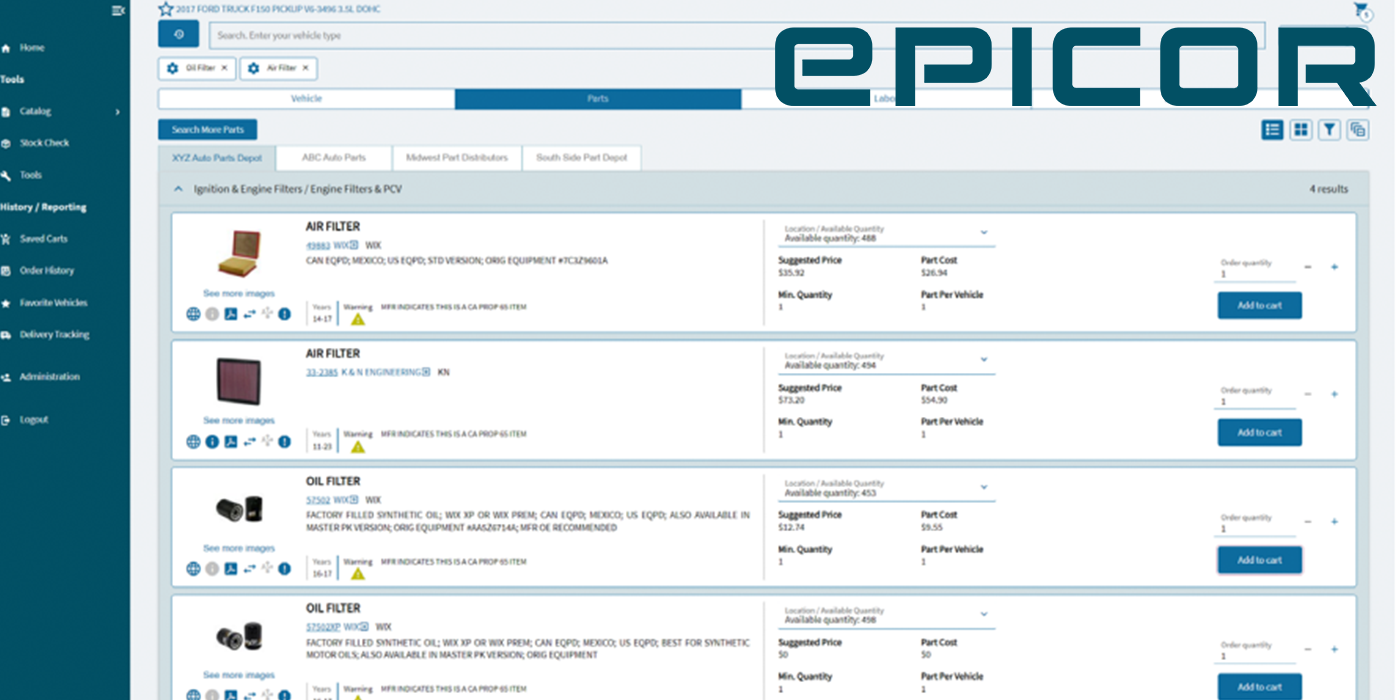From The Milwaukee Journal Sentinel
MILWAUKEE — For 17-year-old Mark Olsen, Gordon’s No. 1 Wheel Service in Franklin is not just a place to work after school.
As an auto technician in training, it’s an extension of his automotive studies at Greendale High School and a pathway to a career.
The same is true for 17-year-old Jody Miller, a certified nursing assistant at the Franciscan Villa nursing home in South Milwaukee.
And for 17-year-old Valerie Krueger, a teller at Credit Union Service Center in Greenfield.
All three secured their jobs through Wisconsin’s Youth Apprenticeship program — a 12-year-old initiative that gives high school students a head start on their vocational or technical education and their careers.
Employers and educators say the program cultivates a work force for Wisconsin’s future. But state budgetary constraints have cut its funding in half, and local coordinators have fewer state-supported hours to match potential apprentices with employers.
Already, the number of apprentice students has dropped by more than half since its peak, while participating companies are being asked to strengthen their commitments to the students.
Allen Phelps, director of the Center on Education and Work at the University of Wisconsin-Madison, said the program needs to be preserved because of the many technical and vocational career opportunities it provides for Wisconsin’s youth.
“This is really the Lexus version of high school career and technical education programs,” said Phelps, co-author of a 2000 study titled “The Wisconsin Youth Apprentices Go To College: Access, Persistence, and Achievement.”
The study found that Youth Apprenticeship participants are nearly twice as likely as non-participants to obtain an associate degree.
As many as 98 percent of participating employers say they would recommend the program to other employers, coordinators say.
Mark Greene, service director for Braeger Ford Inc. in Milwaukee, says Braeger has four good employees who came through the Youth Apprenticeship program. “They come in with a basic knowledge,” Greene said. “They have an idea of what to expect in the work force.”
The Youth Apprenticeship program began with 17 printing class students at four school districts.
The program evolved to include careers in 22 high-skill occupational areas, such as architecture, engineering, drafting and design, nursing, manufacturing, tourism and welding.
Employers pay students at least minimum wage and shoulder the cost of training and coaching them.
The program — which is run in conjunction with Wisconsin’s technical college system — enables students to take college-level courses while still in high school.
At the program’s height in 2001-’02, it enrolled more than 3,300 students in roughly three-fourths of the state’s school districts. Now, there are 1,271.
The number of employers in the program now stands at 978, less than half the number in July 2003. Program staffers point out that more students and employers might join as the academic year continues.
Less funding means fewer hours for coordinators whose job it is to match students with prospective employers, said Joyce Christee, work-based learning director of the Governor’s Work-Based Learning Board.
Faced with budgetary constraints during the last budget cycle, state lawmakers proposed getting rid of the program, which was allotted $2.2 million for the two-year budget cycle.
State Sen. Carol A. Roessler (R-Oshkosh), said she helped restore the funding to $1.1 million. Roessler said some of the criteria and objectives — such as the number of participants that graduate and are offered jobs by their employers — needed to be “elevated.”
Now, at least 60 percent of the youth apprentices who participate in the program for two years must be offered employment on completion of the apprenticeship.
Previously, there was no employment offer requirement, though recent surveys indicate that 90 percent of employers offered the students a job.
The state capped its funding for the program at $900 per student. Before, it had been about $1,200. The program now relies more heavily on matching funds from area employers, although Christee said the Governor’s Work-Based Learning Board does not track employer contributions.
Participating schools must drum up matching funds of at least 50 cents to the state dollar, and last year, each did. As the state funding erodes, local coordinators are trying to make up the difference.
Students say that the program is invaluable.
Olsen says he is thinking about opening up his own auto shop one day.
Miller hopes to become a nurse or midwife.
Krueger says that being a credit union teller has shown her the importance of business etiquette and the pressures of working in finance.
“I didn’t realize how much stress could come with making sure your drawer is balanced every night,” Krueger said.
Copyright 2004 The Milwaukee Journal Sentinel. via ProQuest Information and Learning Company. All Rights Reserved.
_______________________________________
Click here to view the rest of today’s headlines.













